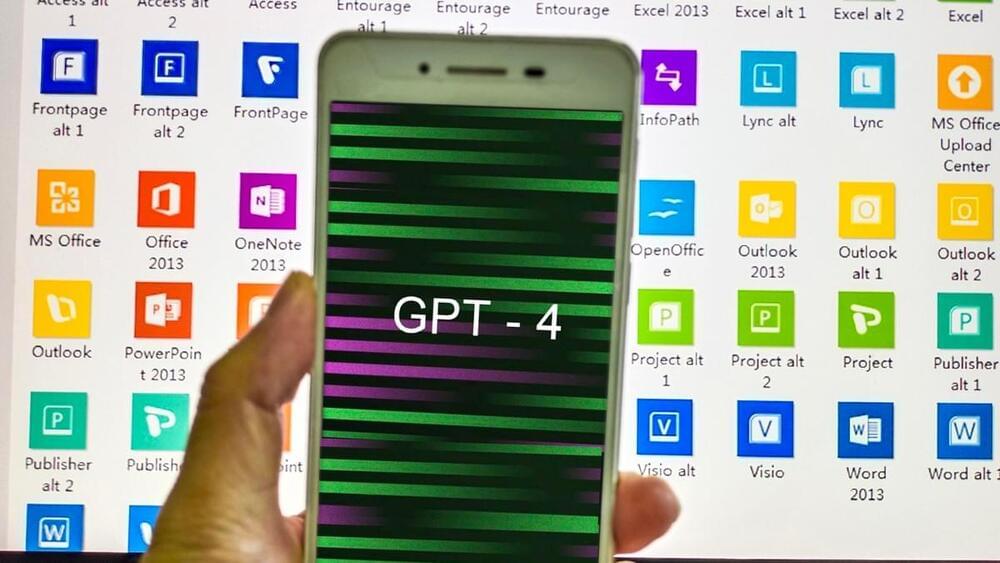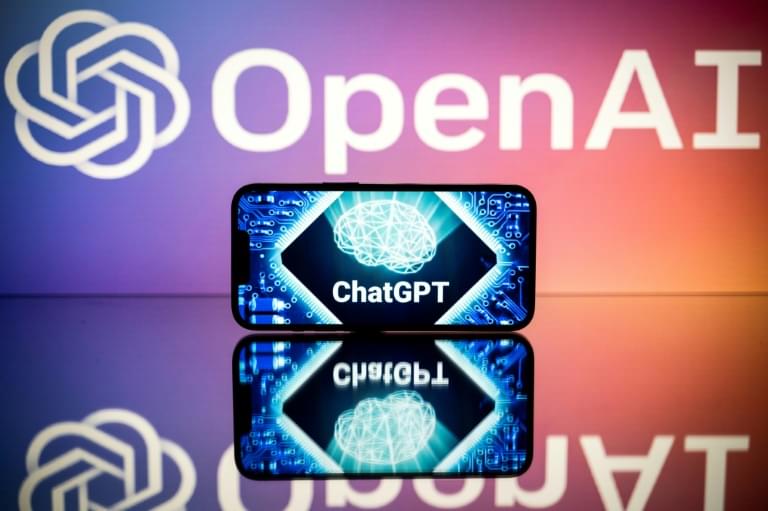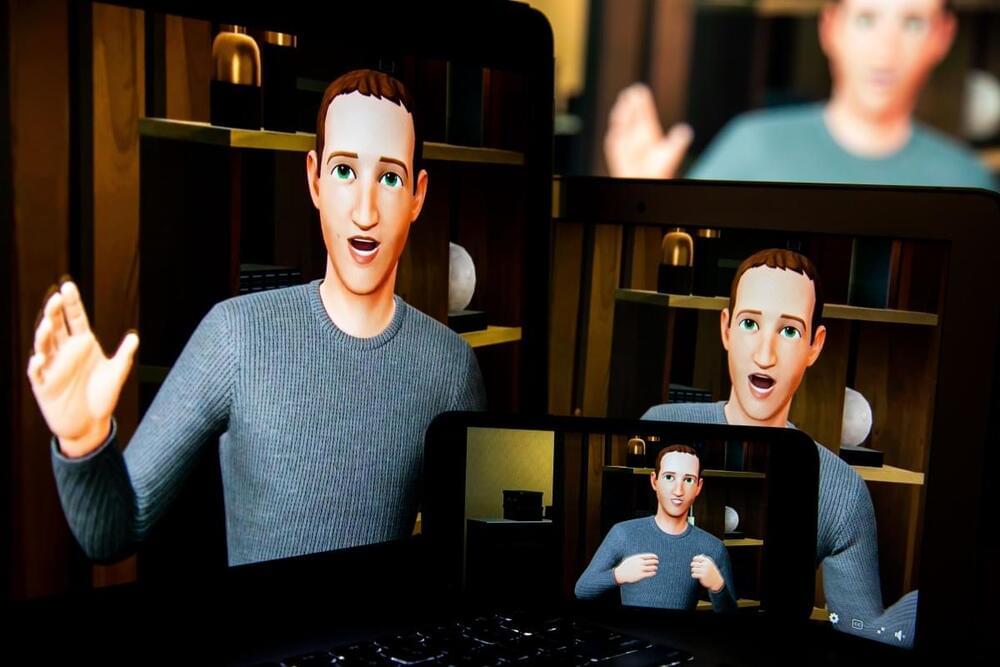At a company that helps people find jobs, 2,200 employees will now have to embark on a job search of their own. Indeed laid off 15% of employees today, CEO Chris Hyams announced in an all-hands meeting.
In a blog post, Hyams elaborated on the decision by explaining that the job market is expected to continue to cool down. Indeed makes its money by allowing companies to sponsor job listings, which shows the listing to more job seekers. But Hyams said that as of last quarter, sponsored job volumes were down 33% year over year, and total job openings were down 3.5%.
“With future job openings at or below pre-pandemic levels, our organization is simply too big for what lies ahead,” Hyams wrote. “We have held out longer than many other companies, but the revenue trends are undeniable. So I have decided to act now.”






